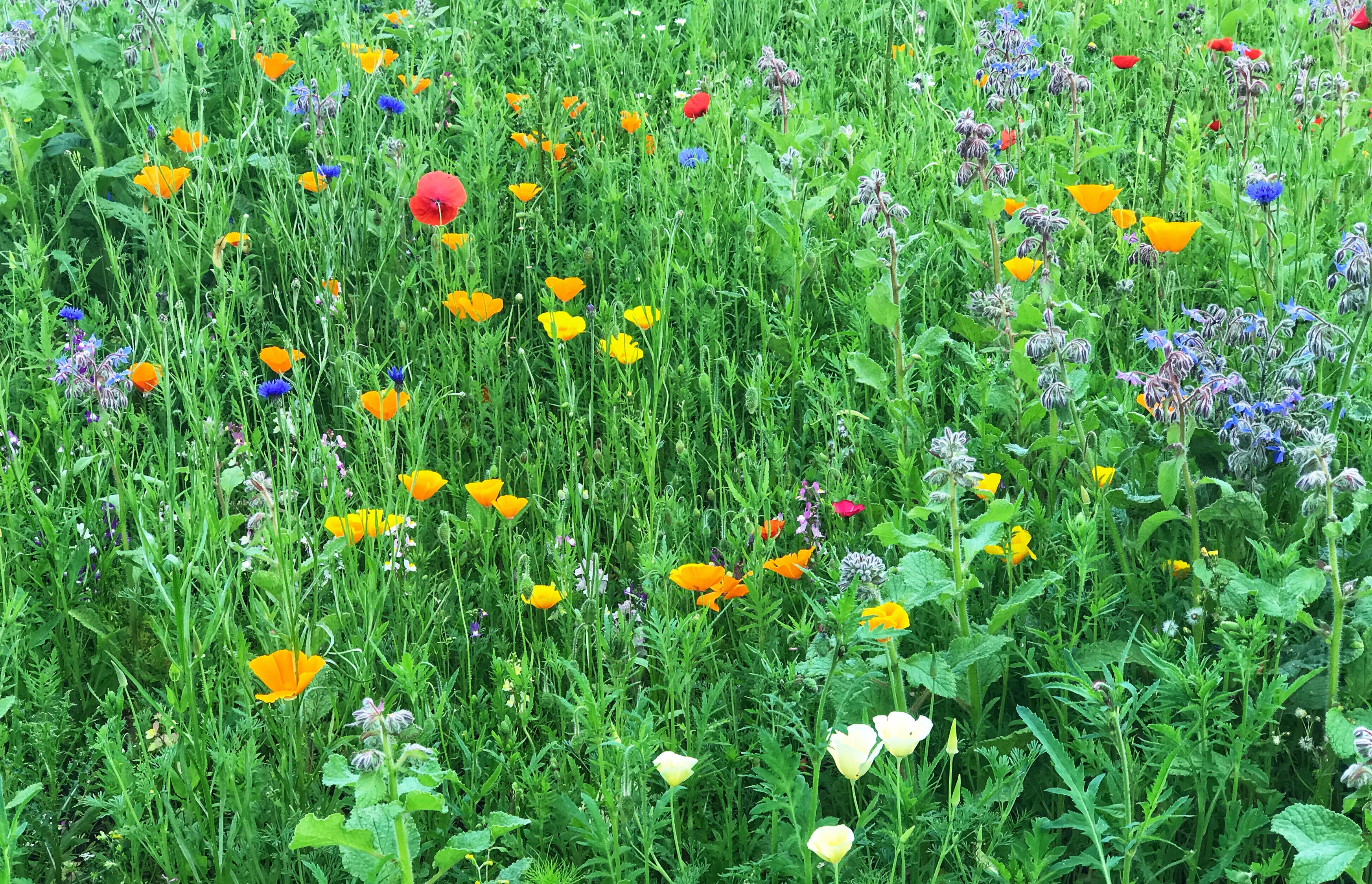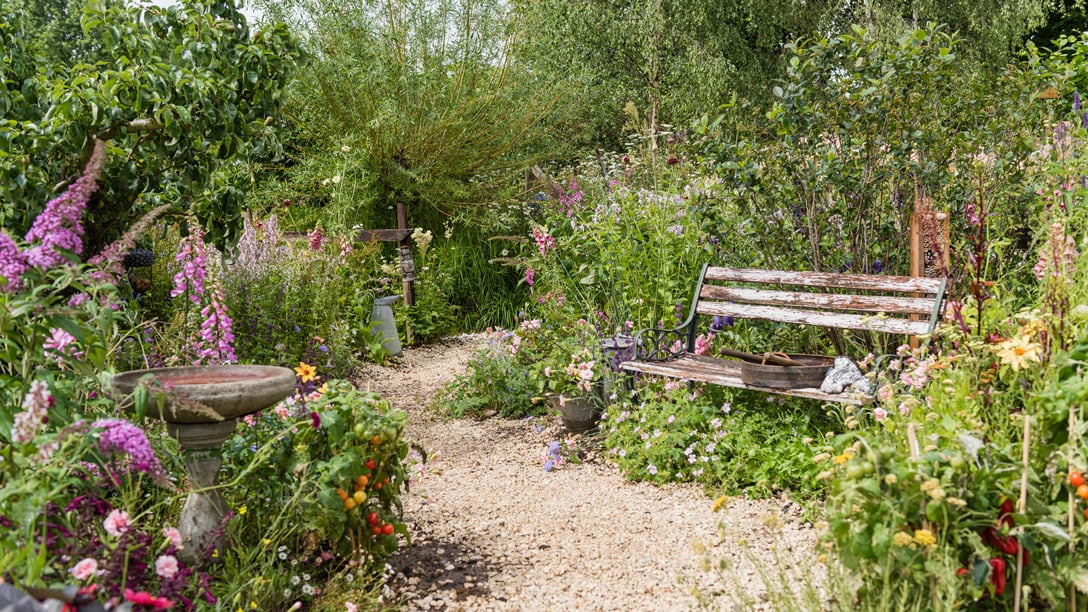How to rewild your garden

Did you know that the UK is one of the most nature depleted countries in the world? This is due to many factors such as intensive farming, habitat loss, pollution, increased urbanisation, insecticides, fertilisers and climate change. According to the WWF, 40% of our native species are in decline and 1 in 7 are facing extinction.
Of course, one person cannot solve this problem alone but there are changes that each of us can make to see a real difference in our local area and together we can make a nationwide impact in boosting our biodiversity. One way to do this is by rewilding your garden.

What is rewilding?
On a large scale, rewilding aims to restore areas to their natural state before human activity altered and damaged them. Often by reintroducing native flora and fauna and letting the ecosystem find its equilibrium. In the UK, rewilding projects are usually undertaken by landowners with large estates or organisations such as the national trust.
Rewilding your garden is a smaller scale yet still effective version of the same idea with the aim of supporting and promoting the biodiversity of your local area.

What are the benefits of rewilding?
There are countless benefits to rewilding the whole or a part of your garden but one of the most vital is the support that it will bring to local birds, insects and small mammals. It will create a habitat that provides food sources, nesting sites and shelter for all sorts of creatures; wildflowers to provide pollen for our struggling bees and other pollinators; attract new species and reverse biodiversity loss. The plants, trees and shrubs that grow will also sequester carbon which reduces greenhouse gas emissions and helps to combat climate change.
A garden that has been rewilded also requires less maintenance as the plants that grow are adapted to survive in the UK and are unlikely to require fertilisers or extensive summer watering reducing the effort and cost in the upkeep of your garden. It also provides a great educational opportunity for children, allowing them to see nature up close and learn about different animals and plants, inspiring a connection to nature and an understanding of the importance of wildlife conservation.
Being close to nature is also proven to have a positive effect on mental health and wellbeing. Creating a relaxing and peaceful area surrounded by wildlife and natural beauty can bring a real positive impact to your life. A rewilded area of your garden can look as good as or even better than a carefully manicured garden with colourful wildflowers, butterflies, bees and dragonflies adding visual interest.

How to rewild your garden
There are countless ways to rewild your garden from the complicated such as building a pond to actions as simple as letting your lawn grow for a couple of weeks longer between mowing. Many people chose a corner or area of their garden to let grow naturally. They simply stop mowing and leave the grasses to grow long and the wildflowers to come out. You can also plant native wildflower plugs into the grass for a higher concentration of flowers both for the pollinators as well as visual appeal.
Another method is to research local trees, bushes and plants and plant them throughout your garden. Also remember weeds aren’t an evil that has to be removed from your flower beds immediately, they are often native plants that can look just as lovely as any other plant when fully grown. Next time you find an unknown weed in the garden why don’t you scan it with an app on your phone such as ‘PictureThis’ to see what it is and how it will look fully grown and if you like the look of it, just leave it be!
You can also work together with your neighbours. Fences between properties can be an extremely difficult barrier for wildlife such as hedgehogs. Ask your neighbours whether you can cut a small hole to allow animals to pass through. Even better, replace your fences with hedges which not only look nicer but provide an ideal habitat for wildlife.
Building or buying bug hotels and placing them in your rewilded area can also promote biodiversity as can building log piles, compost heaps or mounds of sticks and stones for bugs to shelter in. Bird feeders will attract many birds to your garden and placing bird and bat boxes will give your wildlife somewhere to live.
There are countless ways to make your garden into a haven both for wildlife and for yourself. Rewilding is a powerful and exciting way to support our local biodiversity and to create a thriving ecosystem in your own garden. It’s a rewarding way to connect with nature and make an impact where it counts.




